Magnetic #5 open
photography ©maiermoul
texts: Susan Sontag, Against Interpretation; Miwon Kwon, One Place After Another
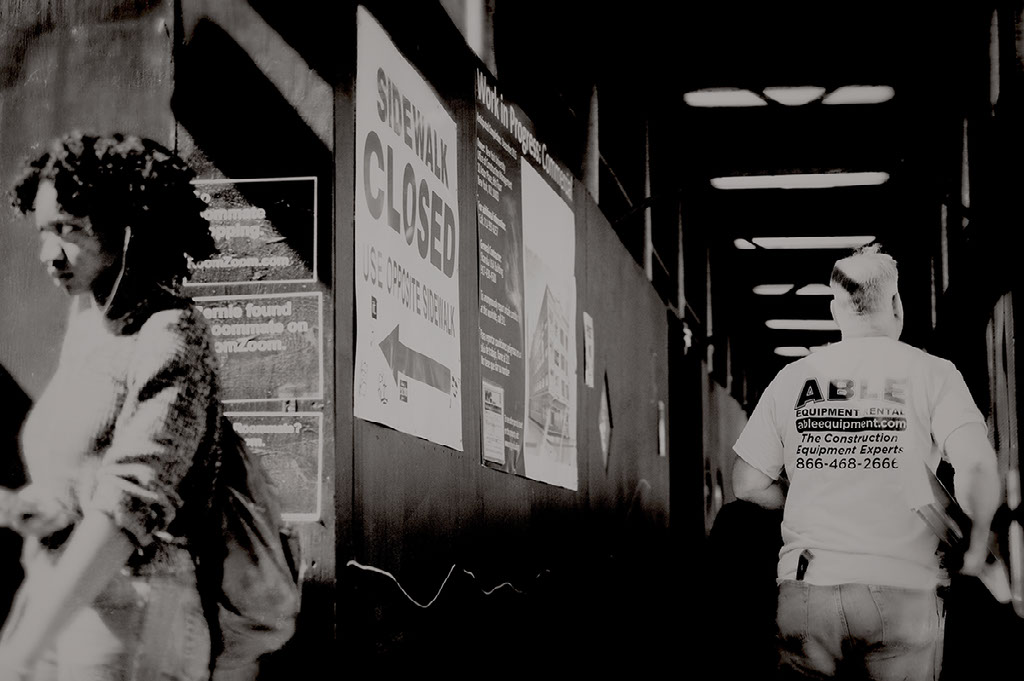
Content is a glimpse of something, an encounter like a flash. -Willem De Kooning
the way in which the art work’s relationship to the actuality of a location (as site)
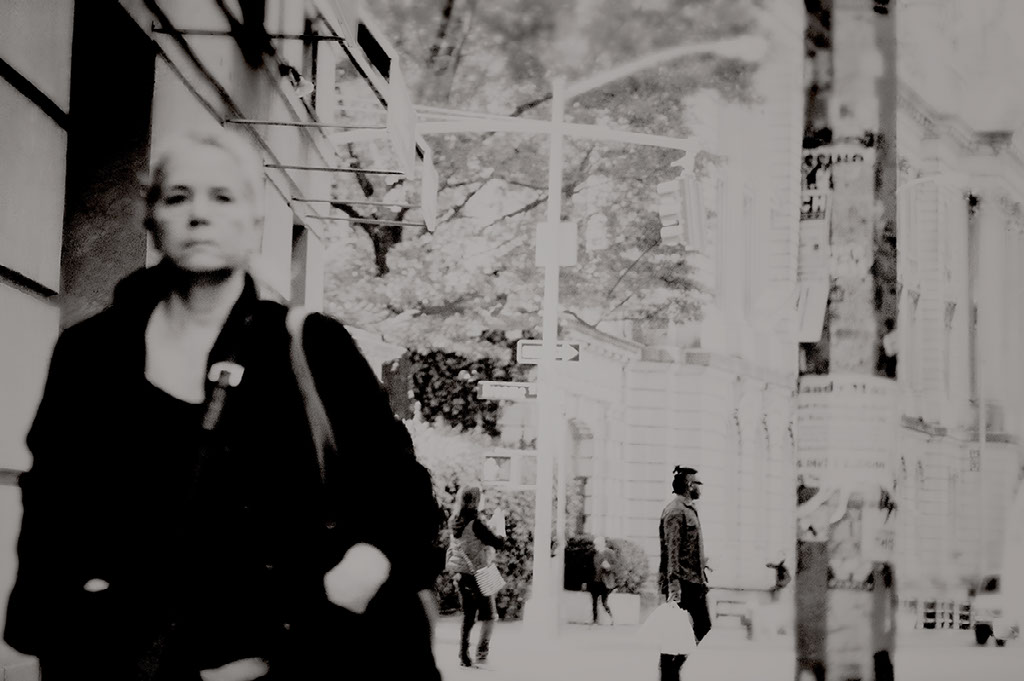
It is only shallow people who do not judge by appearances. The mystery of the world is the visible, not the invisible. -Oscar Wilde
and the social conditions of the institutional frame (as site)
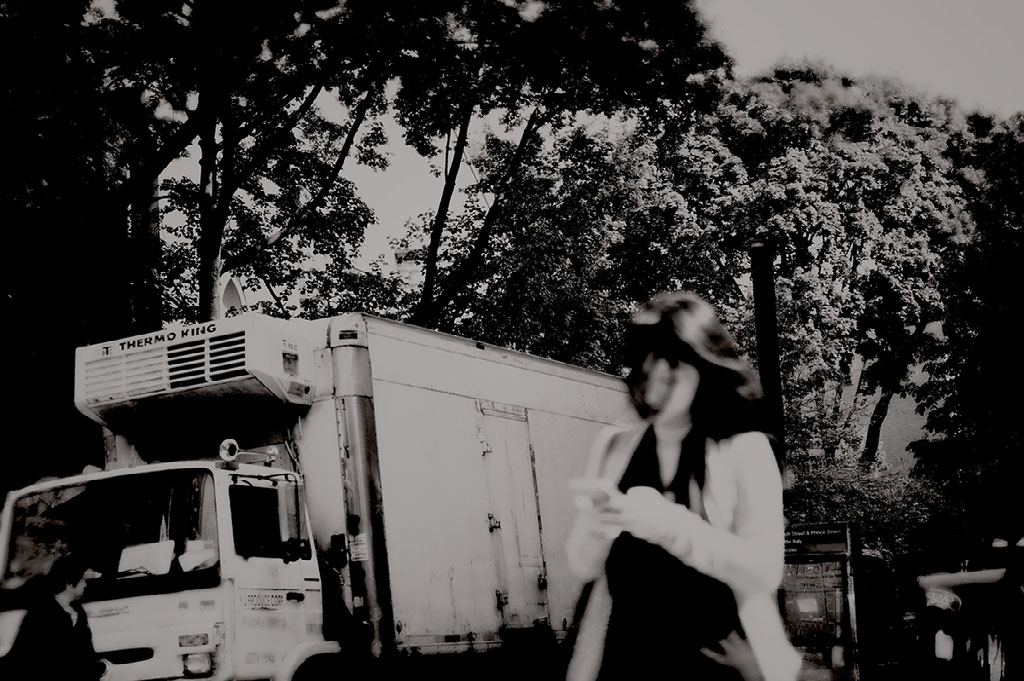
The earliest experience of art must have been that it was incantatory, magical; art was an instrument of ritual.
are both subordinate to a discursively determined site
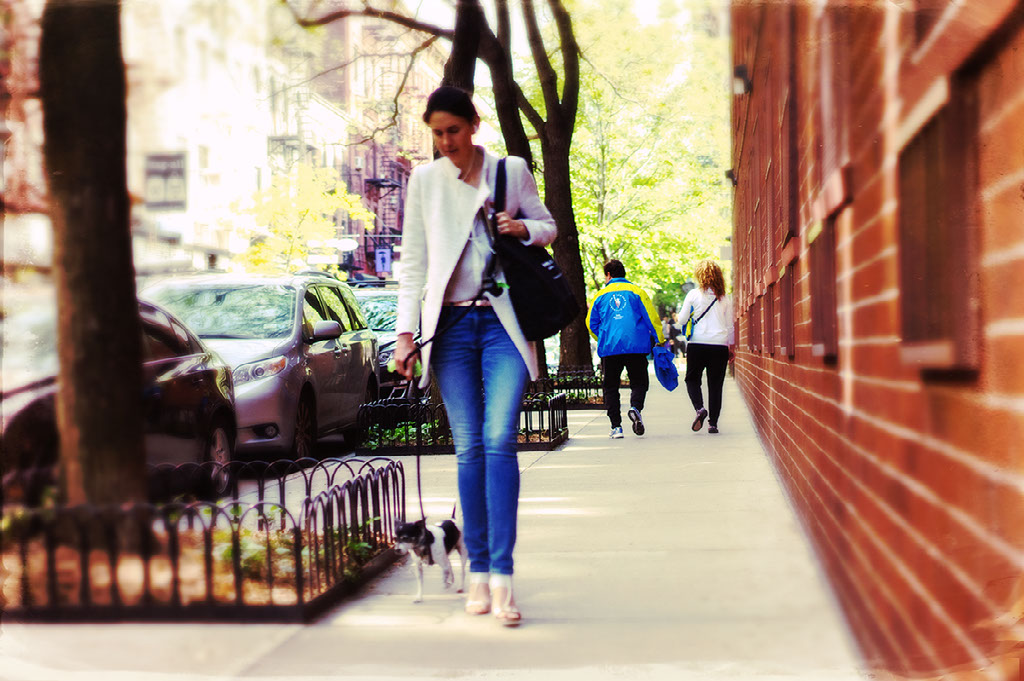
For Plato, art is neither particularly useful (the painting of a bed is no good to sleep on), nor, in the strict sense, true.
delineated as a field of knowledge, intellectual exchange, or cultural debate
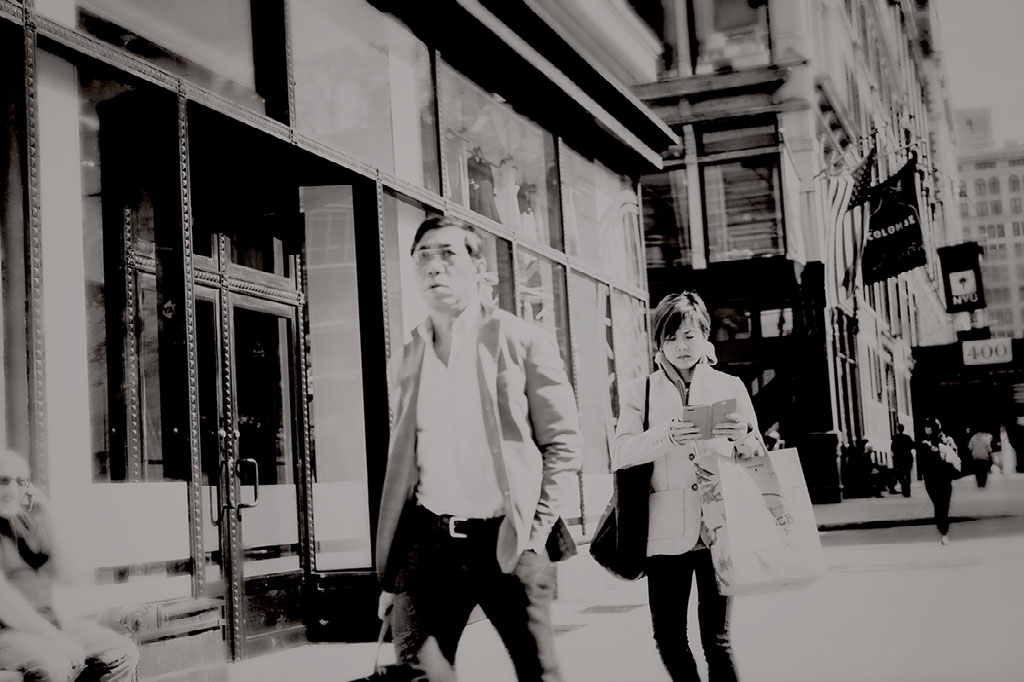
art as such - above and beyond given works of art - becomes problematic, in need of defense. And it is the defense of art which gives birth to the odd vision by which something we have learned to call “form” is separated off from something we have learned to call “content”
this site is not defined as a precondition
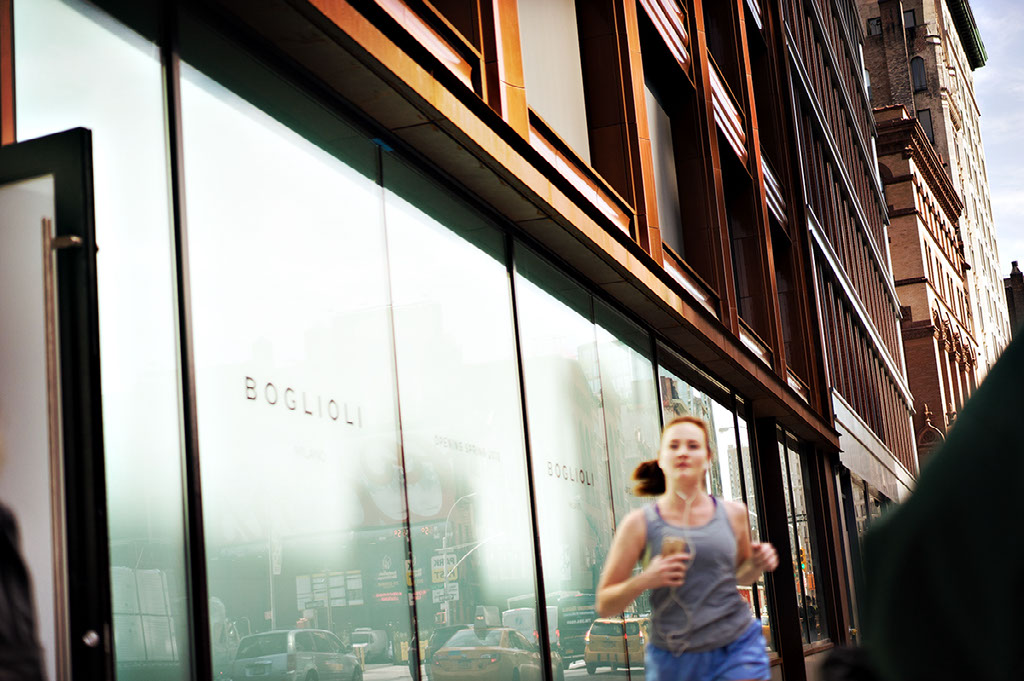
Indeed, we have an obligation to overthrow any means of defending and justifying art which becomes particularly obtuse or onerous or insensitive to contemporary needs and practice.
it is generated by the work (often as “content”)
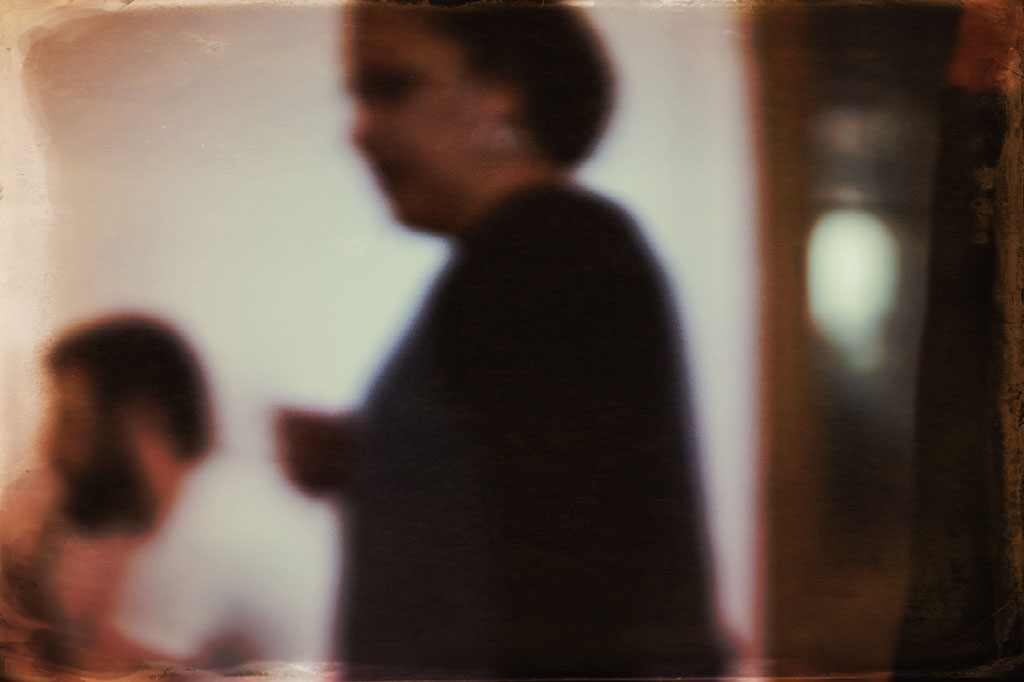
What the overemphasis on the idea of content entails is the perennial, never consummated project of interpretation. And, conversely, it is the habit of approaching works of art in order to interpret them that sustains the fancy that there really is such a thing as the content of a work of art.
aspects of site-specific practice itself as a “site”
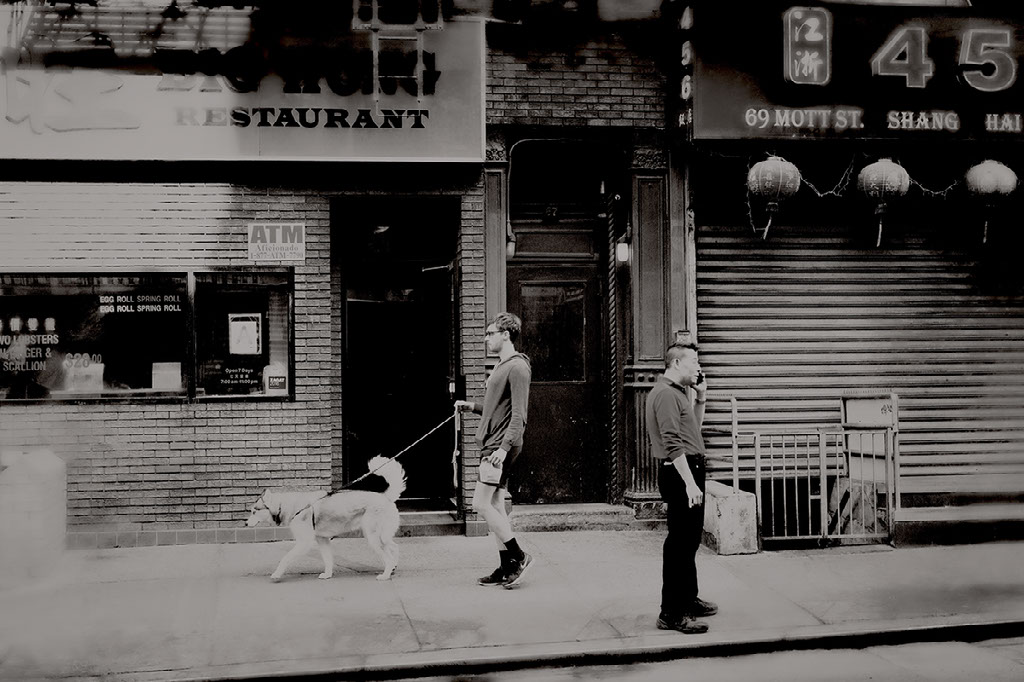
really an allegory of the individual soul’s emancipation
interrogating its currency
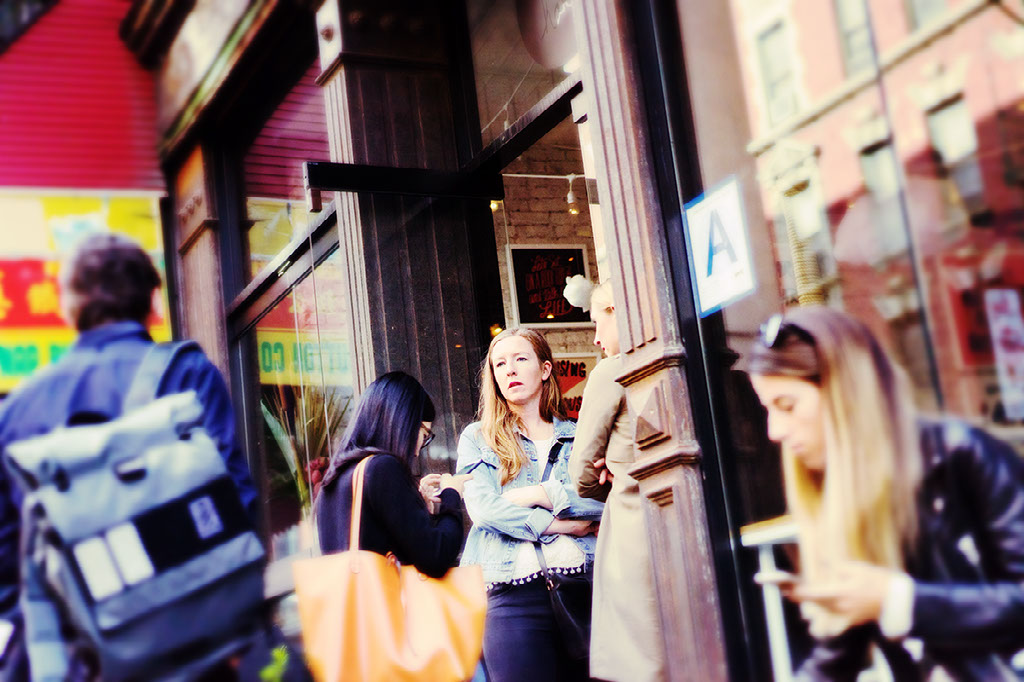
The interpreter, without actually erasing or rewriting the text, is altering it. But he can’t admit to doing this.
site specificity not exclusively as an artistic genre
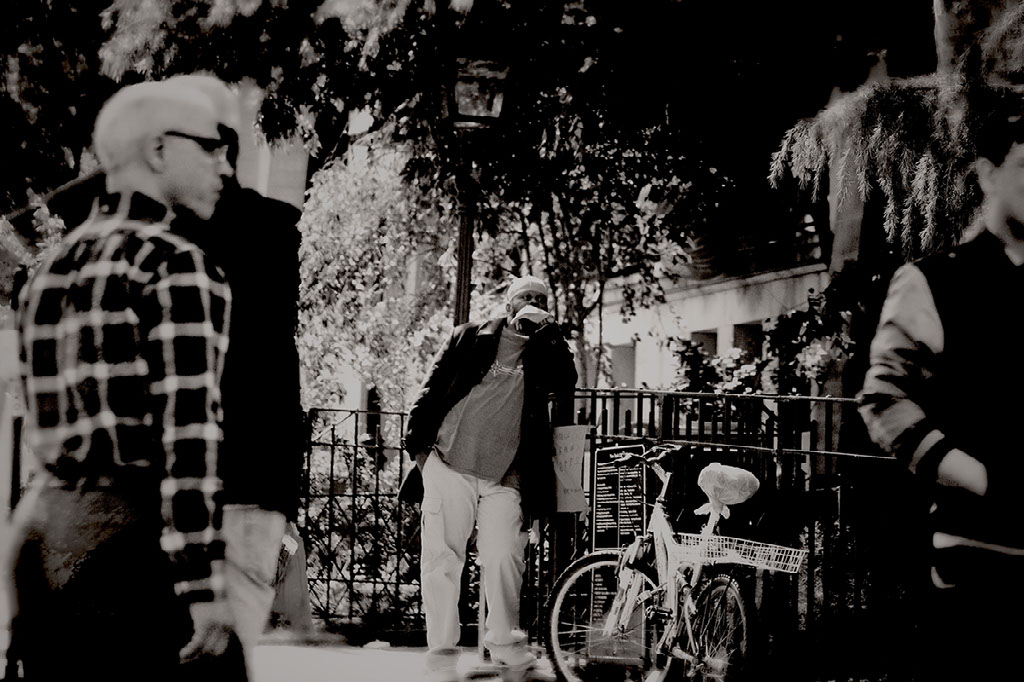
zeal for the project of interpretation is often prompted not by piety toward the troublesome text (which may conceal an aggression), but by an open aggressiveness, an overt contempt for appearances
but as a problem-idea, as a peculiar cipher of art and spatial politics
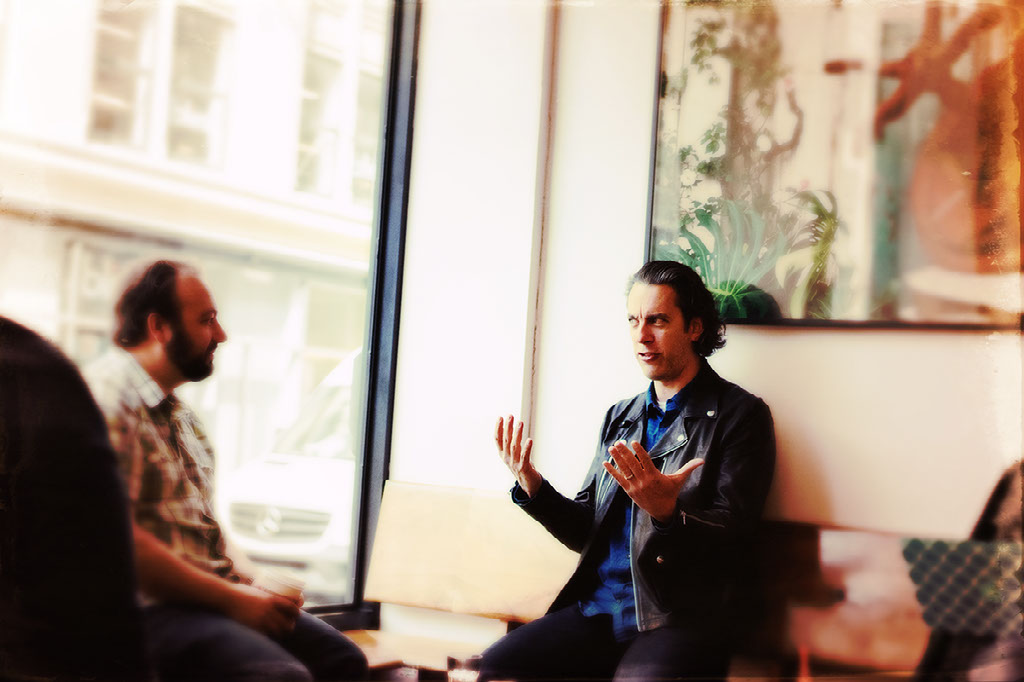
All observable phenomena are bracketed
in relation to aesthetic imperatives, institutional demands, socioeconomic ramifications, or political efficacy
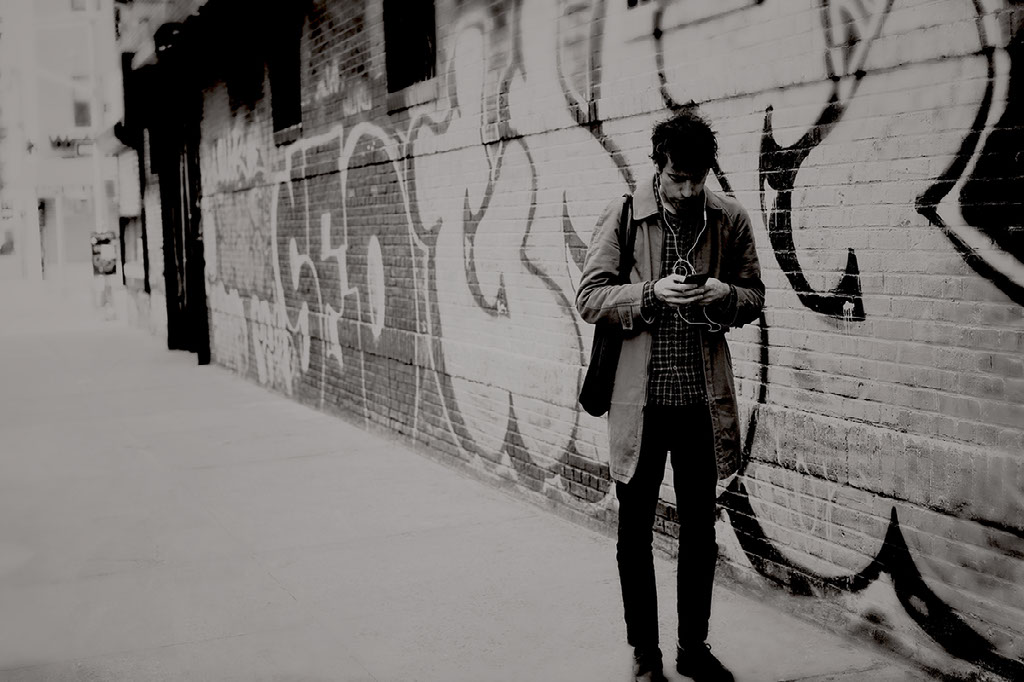
According to Marx and Freud, these events only seem to be intelligible. Actually, they have no meaning without interpretation.
In this way different cultural debates,
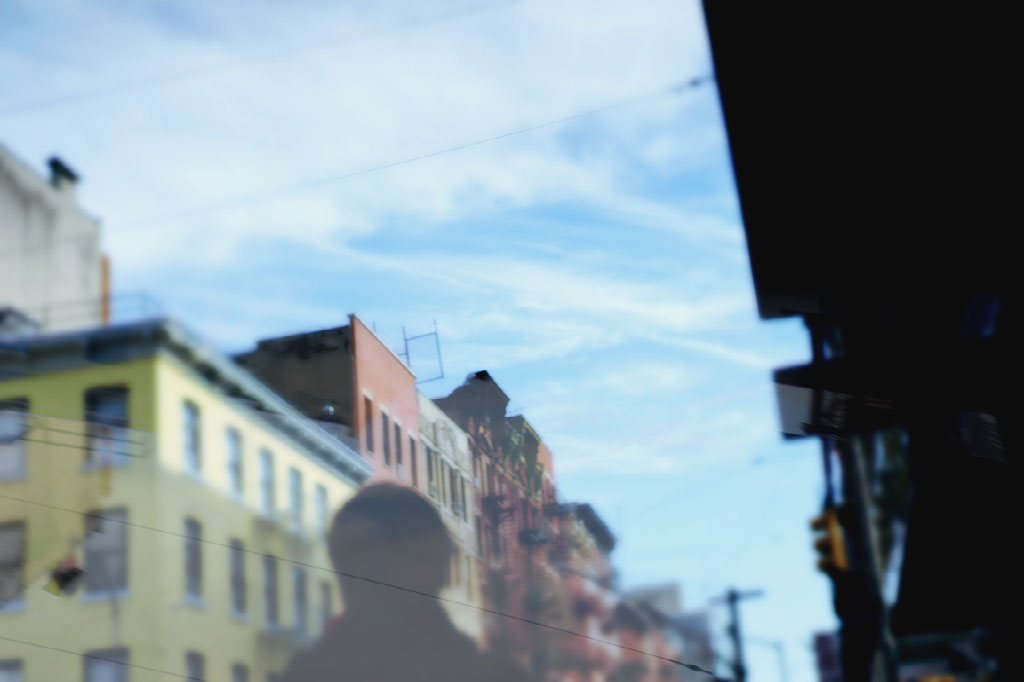
to interpret is to restate the phenomenon, in effect to find an equivalent for it.
a theoretical concept, a social issue, a political problem, an institutional framework (not necessarily an art institution)
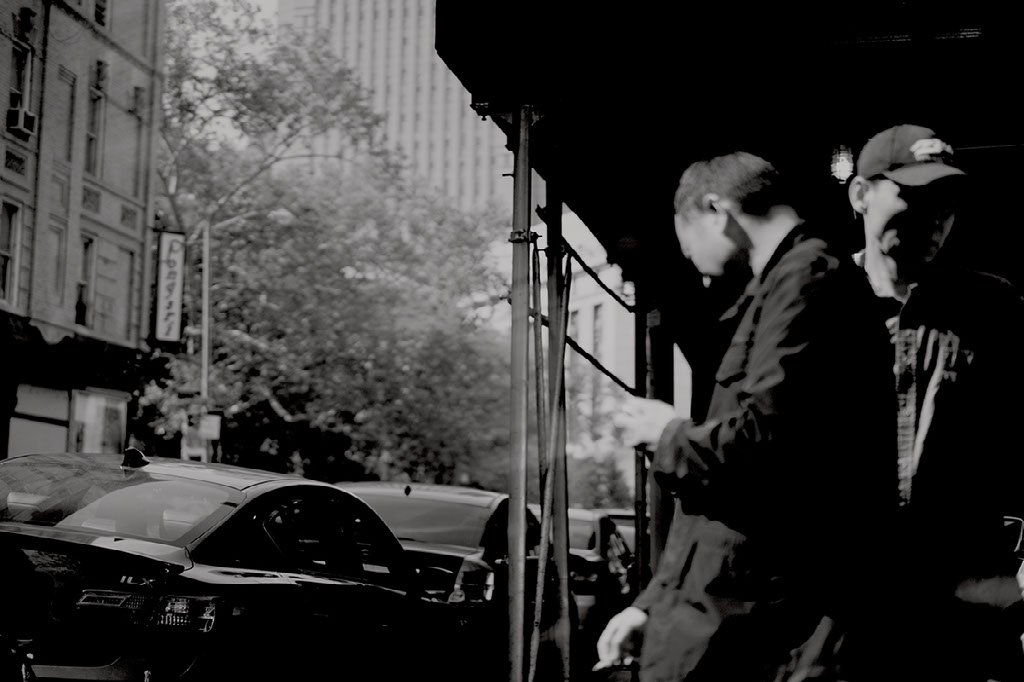
the revenge of the intellect upon the world
a neighborhood or seasonal event, a historical condition, even particular formations of desire are deemed to function as sites
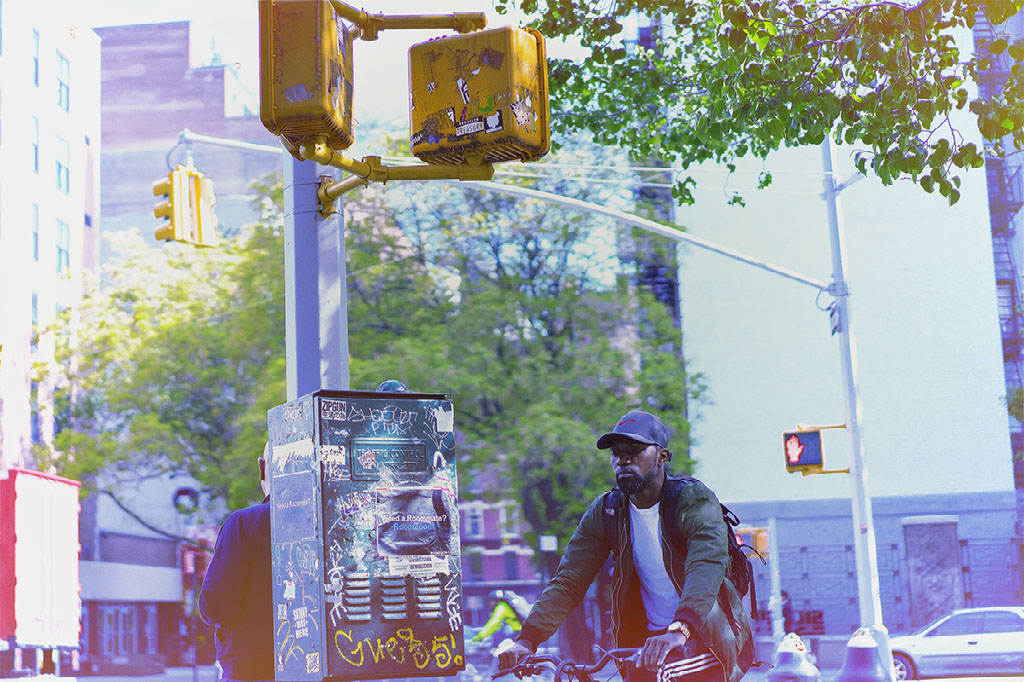
To interpret is to impoverish, to deplete the world - in order to set up a shadow world of “meanings.”
reveals the extent to which the identity or definition of a community remains open, like the site, as a scene of political struggle.
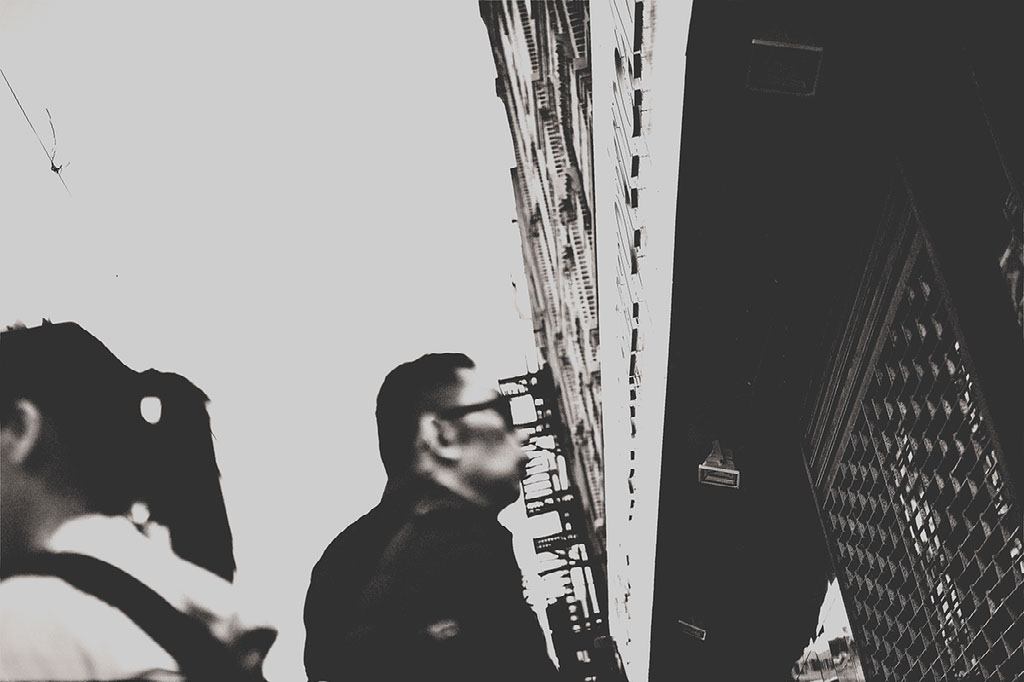
interpretation amounts to the philistine refusal to leave the work of art alone.
“[The functional site] is a process, an operation occurring between sites,
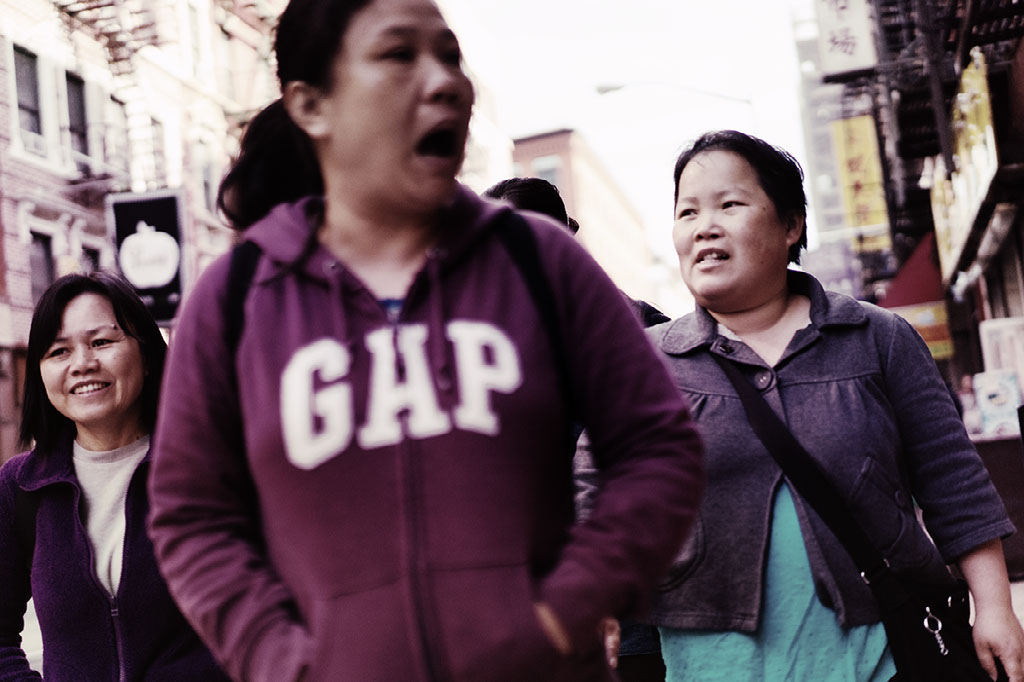
interpretation is not simply the compliment that mediocrity pays to genius
It is a temporary thing; a movement; a chain of meanings devoid of a particular focus.”
-James Meyer
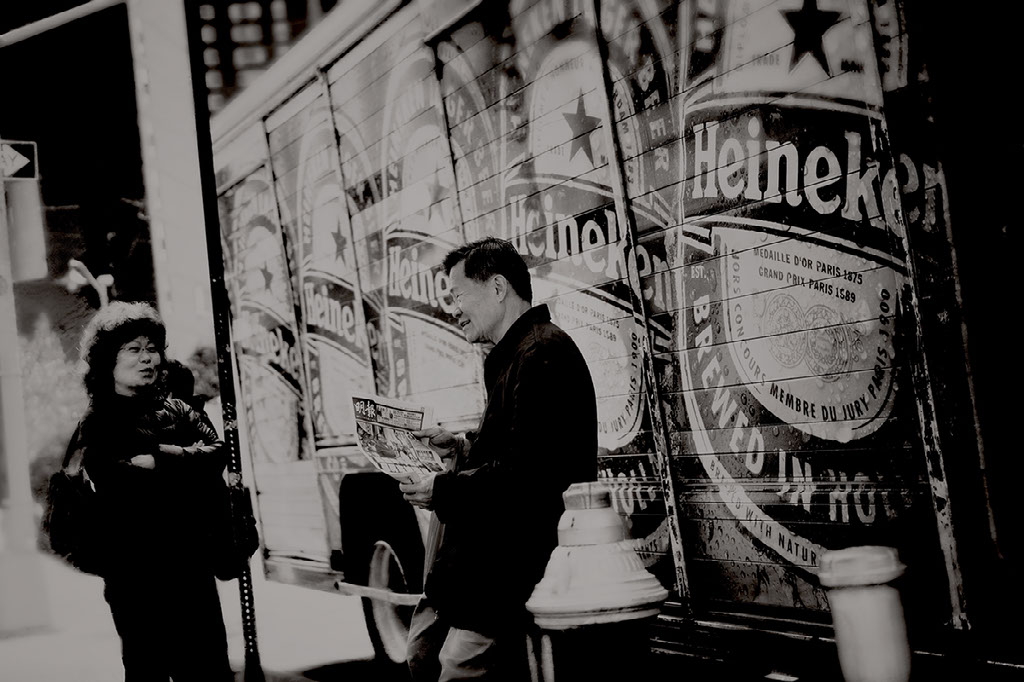
about something
the site is now structured (inter)textually rather than spatially
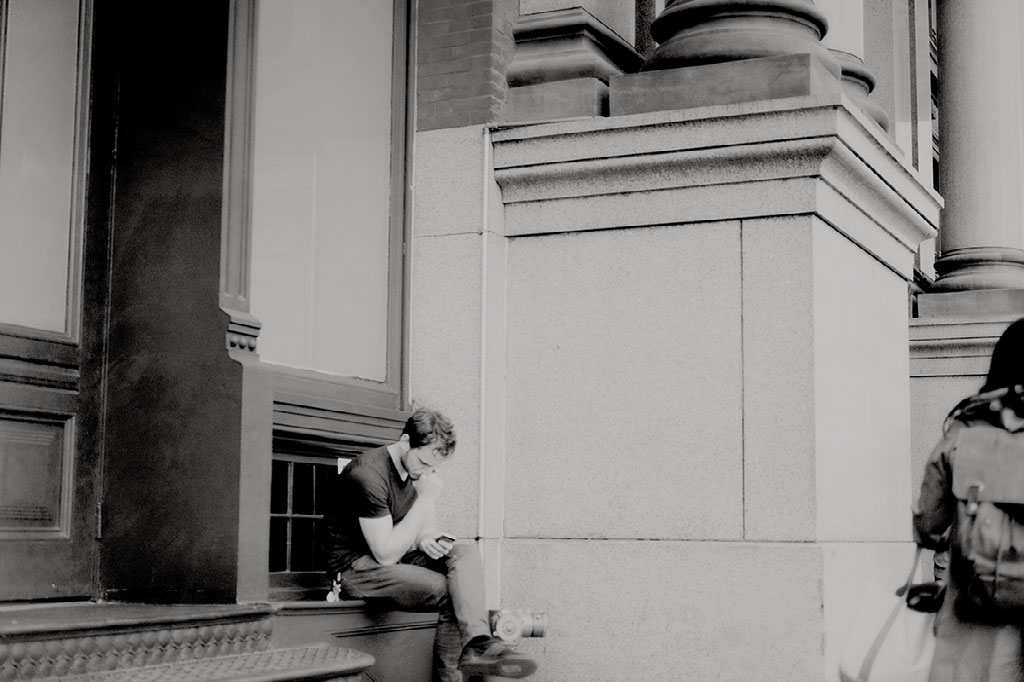
It doesn’t matter whether artists intend, or don’t intend, for their works to be interpreted.
its model is not a map but an itinerary
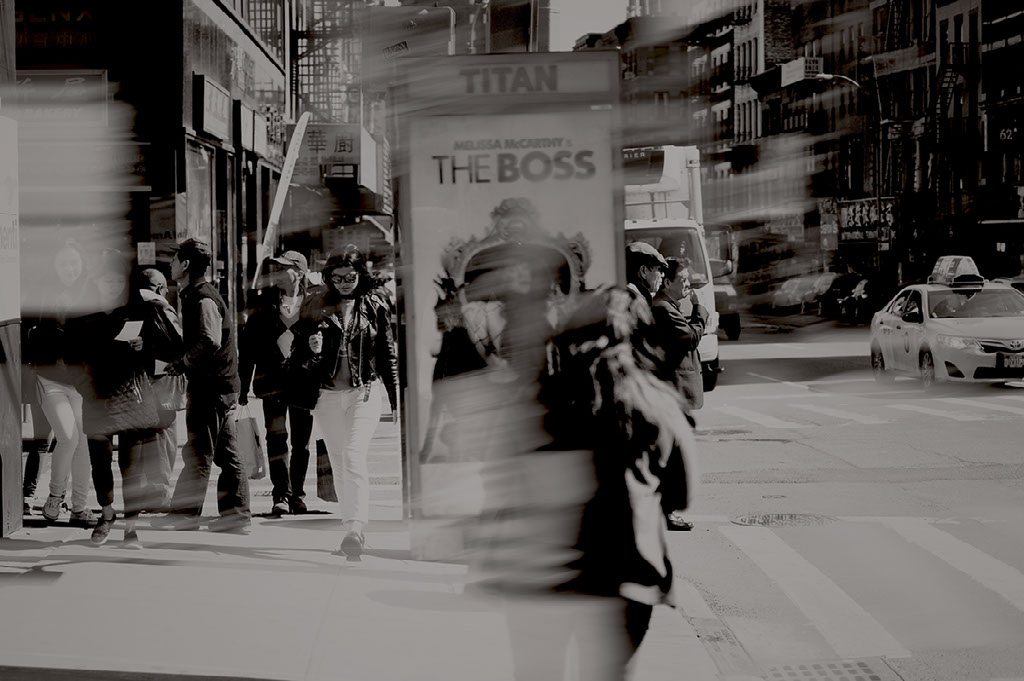
the merit of these works certainly lies elsewhere than in their “meanings.”
a fragmentary sequence of events and actions through spaces

Indeed, it is precisely to the extent that Williams’ plays and Cocteau’s films do suggest these portentous meanings that they are defective, false, contrived, lacking in conviction.
a nomadic narrative whose path is articulated by the passage of the artist
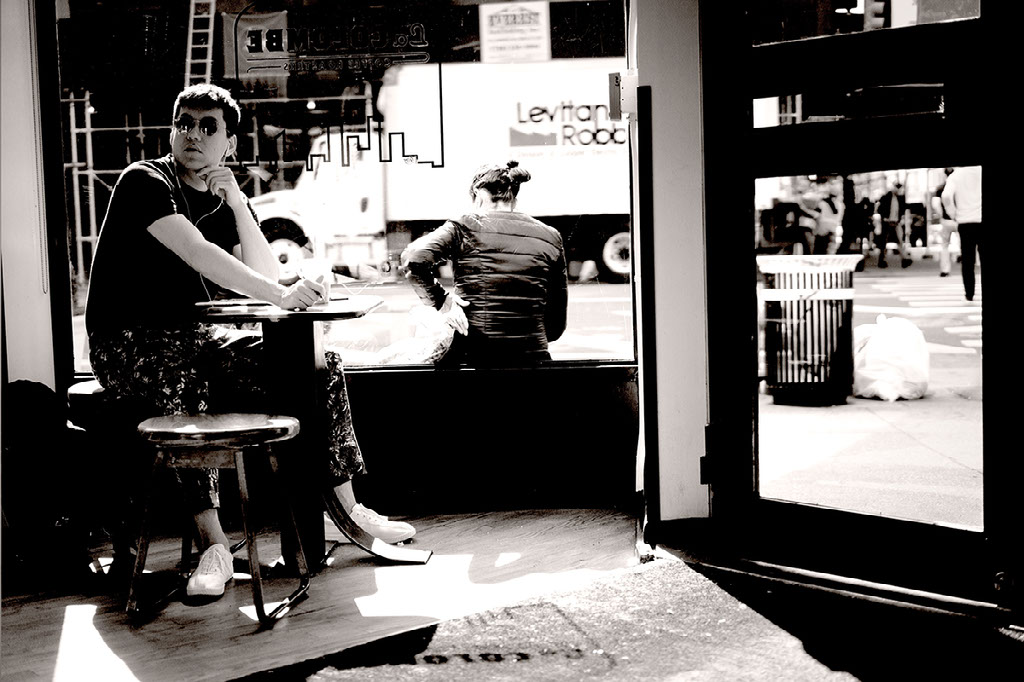
What matters in Marienbad is the pure, untranslatable, sensuous immediacy of some of its images, and its rigorous if narrow solutions to certain problems of cinematic form.
Corresponding to the model of movement in electronic spaces of the Internet and cyberspace
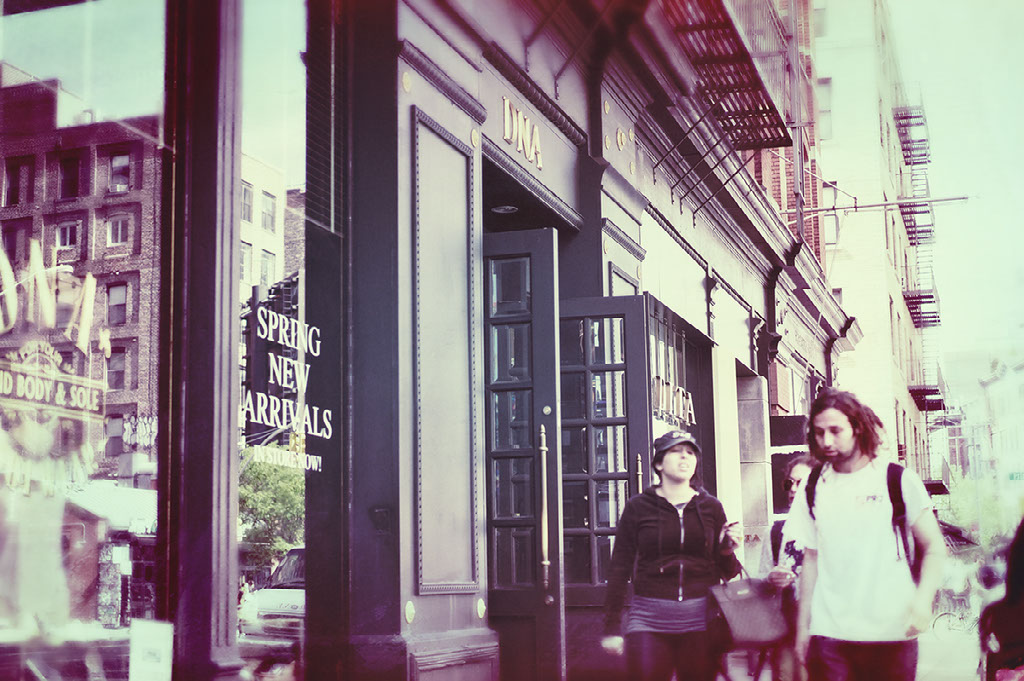
Those who reach for a Freudian interpretation of the tank are only expressing their lack of response to what is there on the screen.
likewise structured as transitive experiences
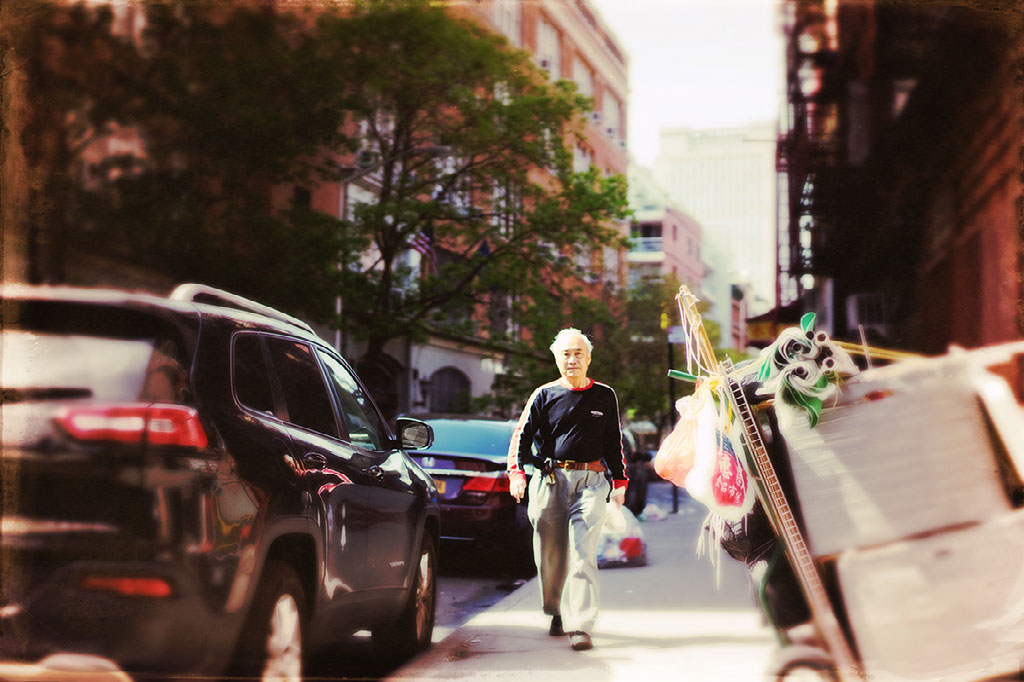
But programmatic avant-gardism - which has meant, mostly, experiments with form at the expense of content - is not the only defense against the infestation of art by interpretations. At least, I hope not. For this would be to commit art to being perpetually on the run. (It also perpetuates the very distinction between form and content which is, ultimately, an illusion.)
one thing after another
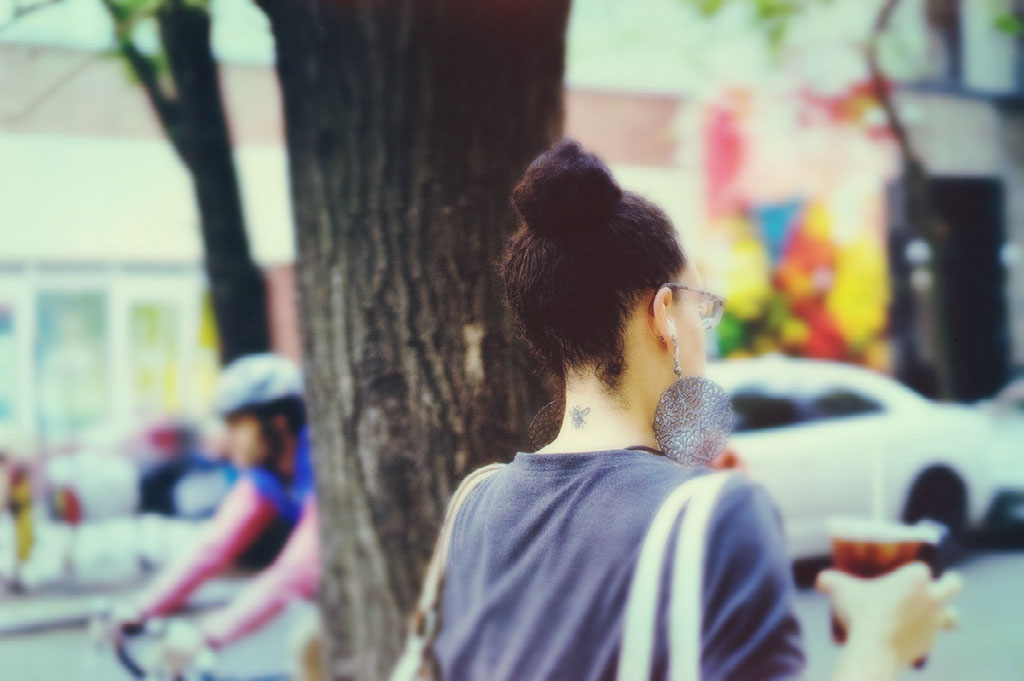
What would criticism look like that would serve the work of art, not usurp its place?
not in synchronic simultaneity
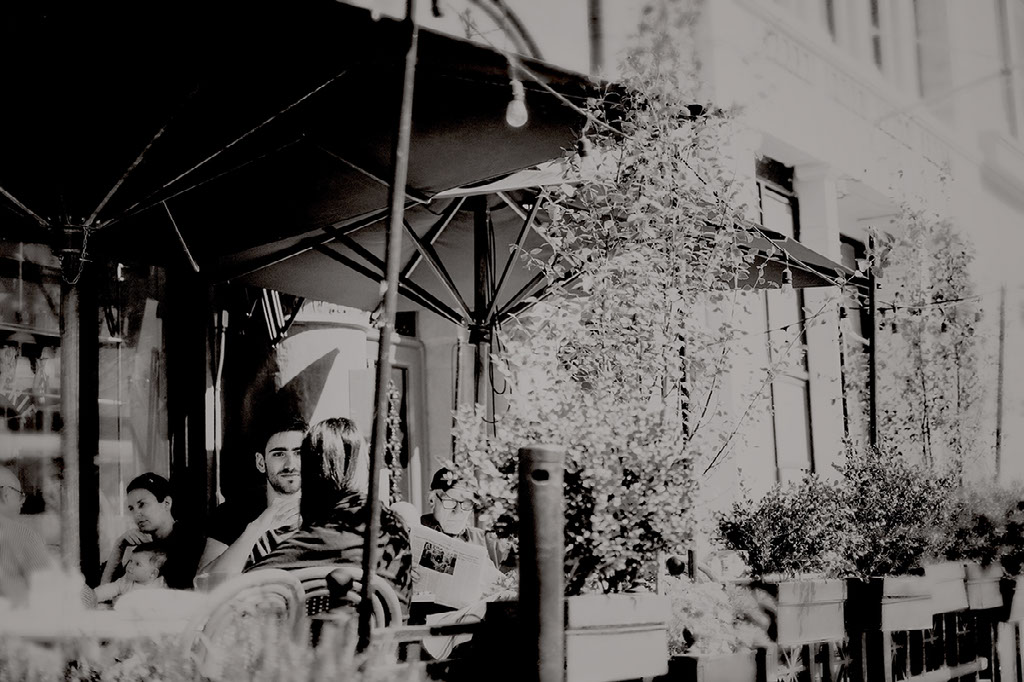
essays which reveal the sensuous surface of art without mucking about in it
this transformation of the site textualizes spaces and spatializes discourses
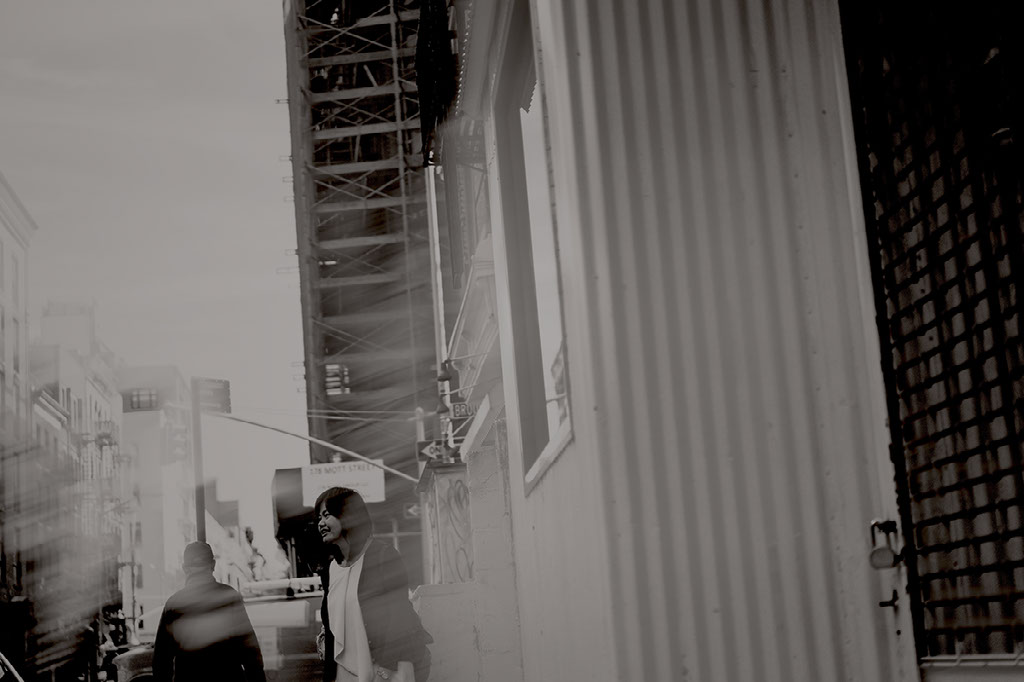
Transparence means experiencing the luminousness of the thing in itself, of things being what they are.
the chance to conceive the site as something more than a place
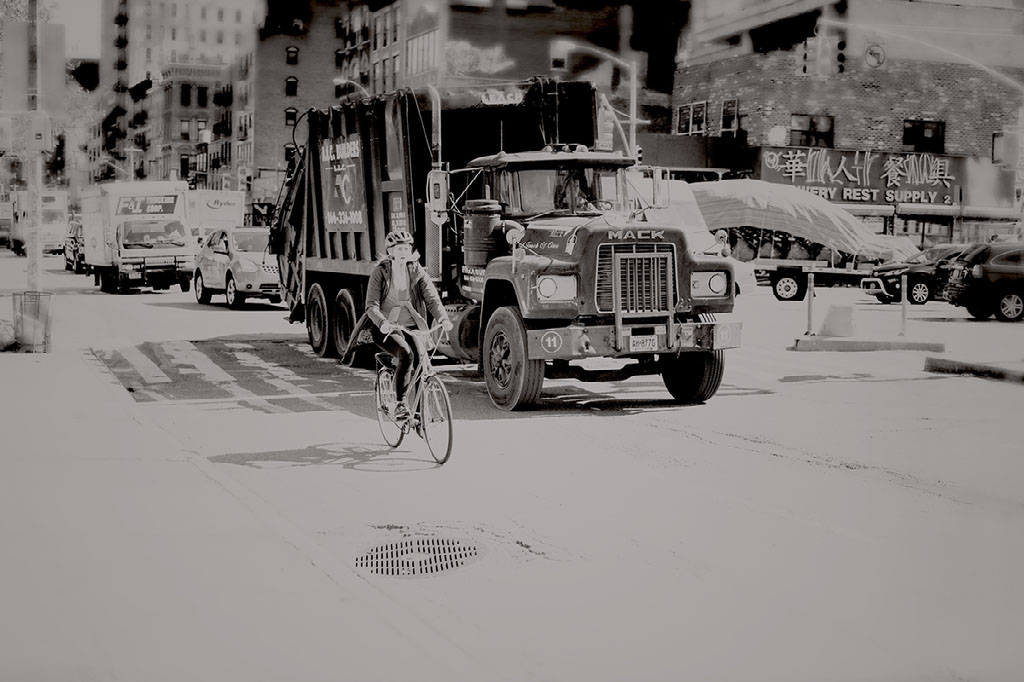
What we decidedly do not need now is further to assimilate Art into Thought, or (worse yet) Art into Culture.
as repressed ethnic history, a political cause, a disenfranchised social group
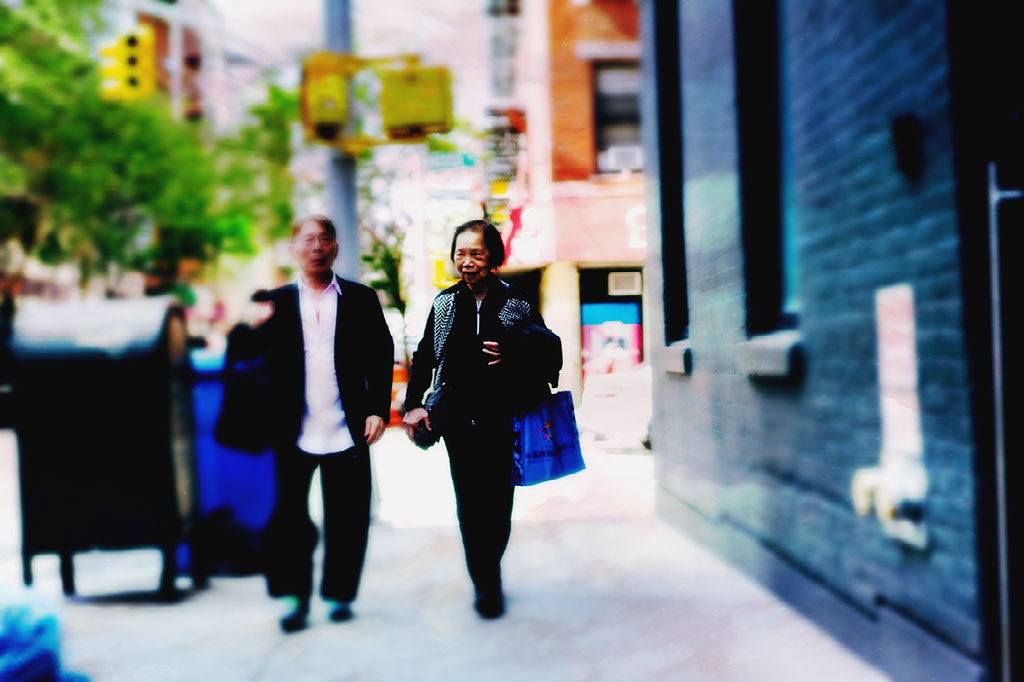
in the light of the condition of our senses, our capacities
is an important conceptual leap in redefining the public role of art and artists
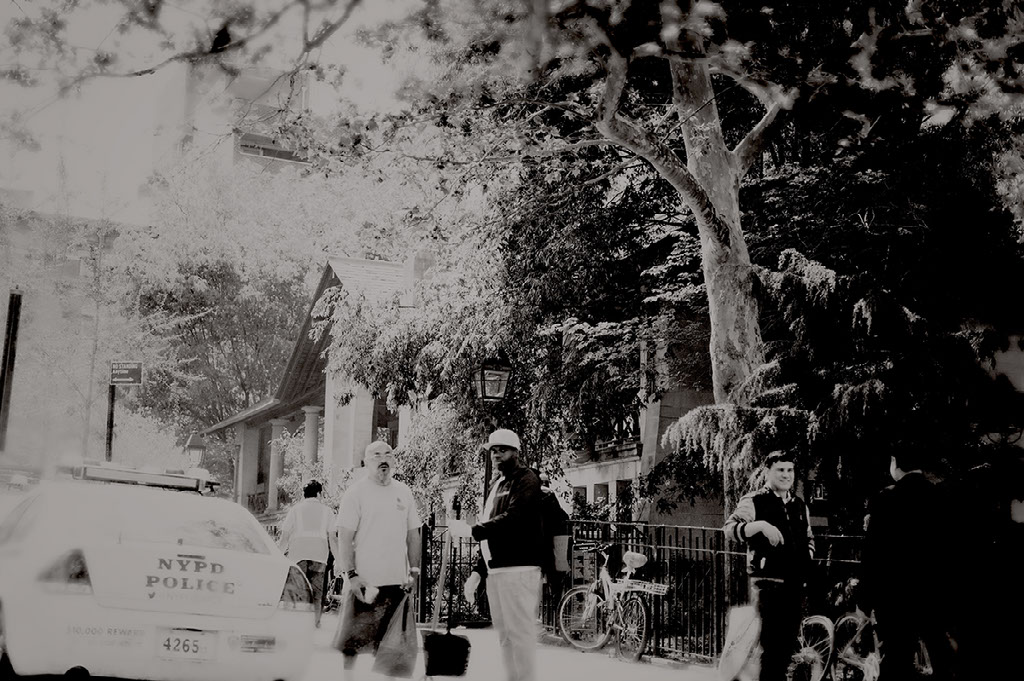
What is important now is to recover our senses.
the resilience of the concept of site specificity as indicated by its many permutations, with its vague yet persistent maintenance
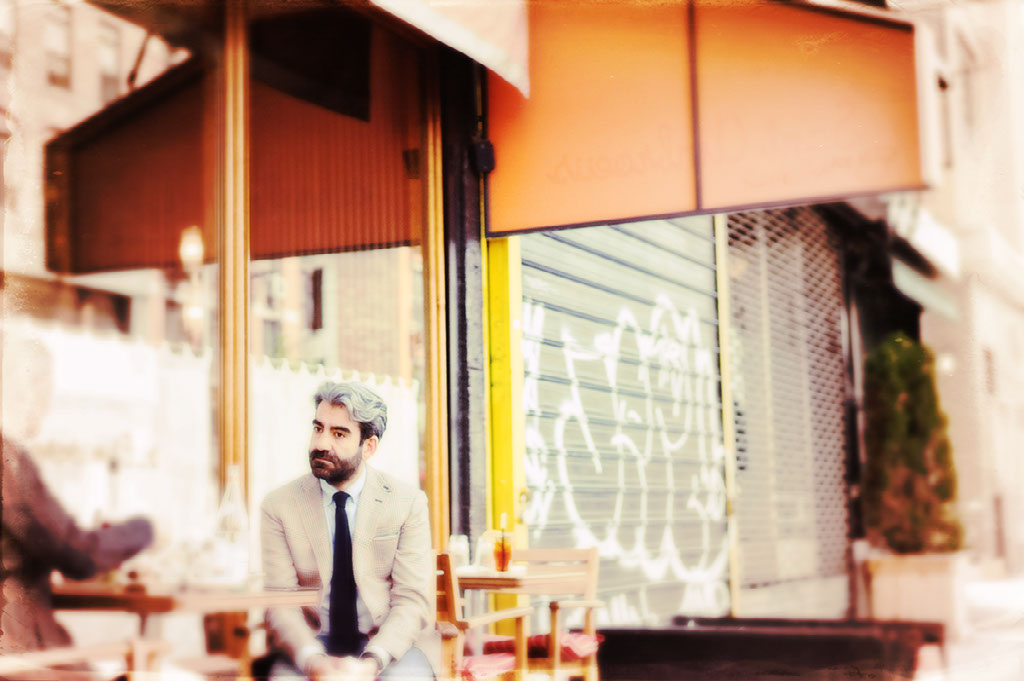
Our task is to cut back content so that we can see the thing at all.
of the idea of singular, unrepeatable instances of site-bound knowledge and experience, manifests this doubleness
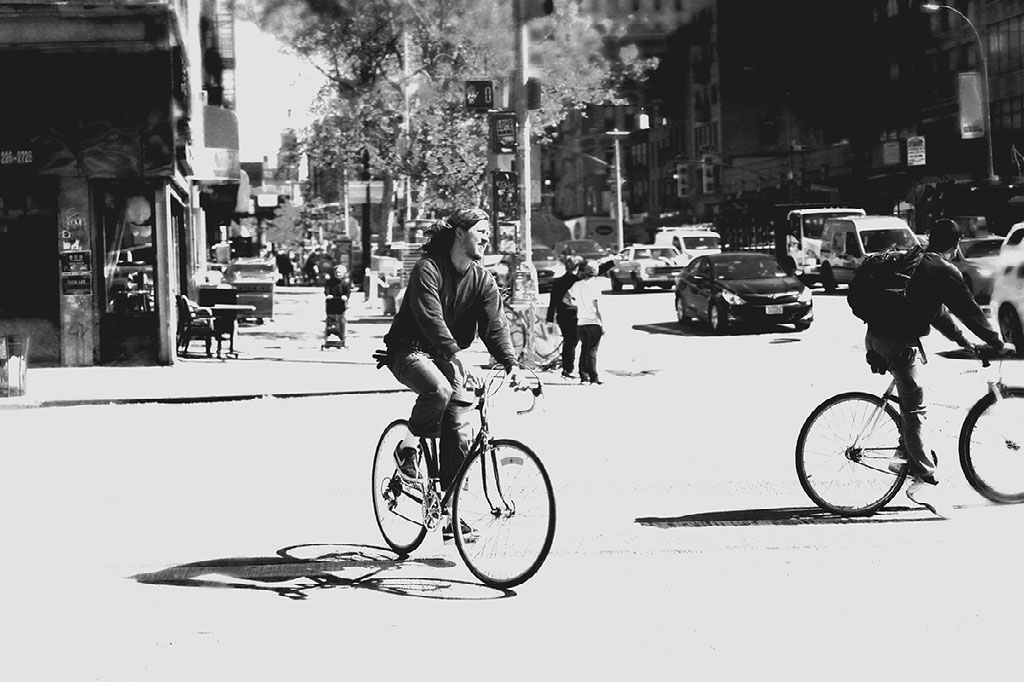
to make works of art - and, by analogy, our own experience - more, rather than less, real to us
Countering both the nostalgic desire for a retrieval of rooted, place-bound identities on the one hand, and the antinostalgic embrace of a nomadic fluidity of subjectivity, identity, and spatiality on the other
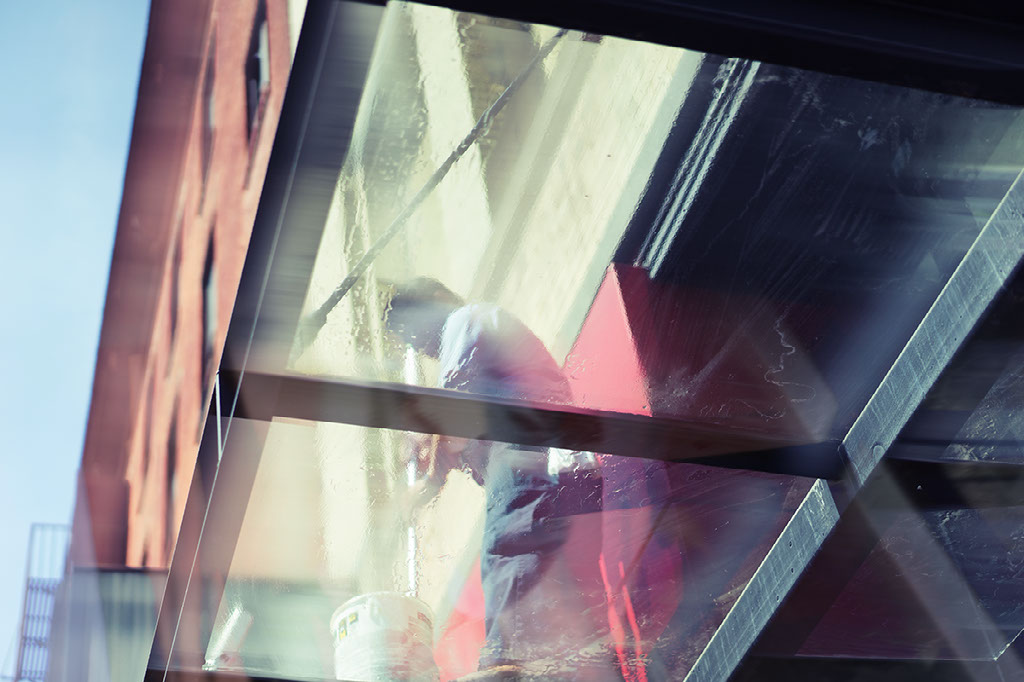
The function of criticism should be to show how it is what it is, even that it is what it is, rather than to show what it means.
conjure the critical capacity of intimacies based on absence, distance, and ruptures of time and space
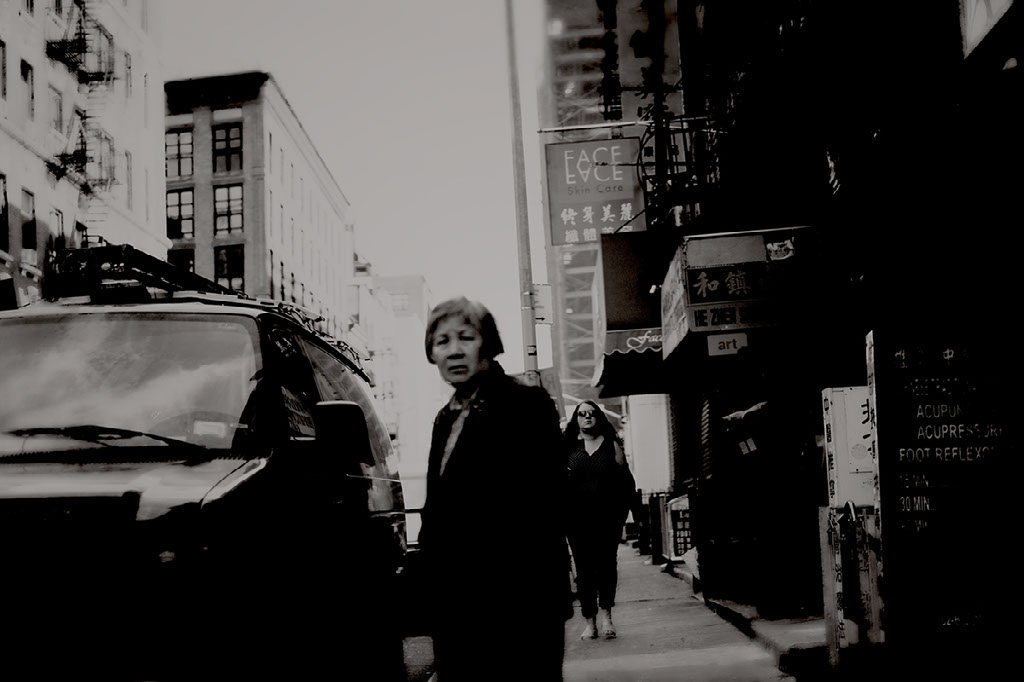
In place of a hermeneutics we need an erotics of art.
©maiermoul